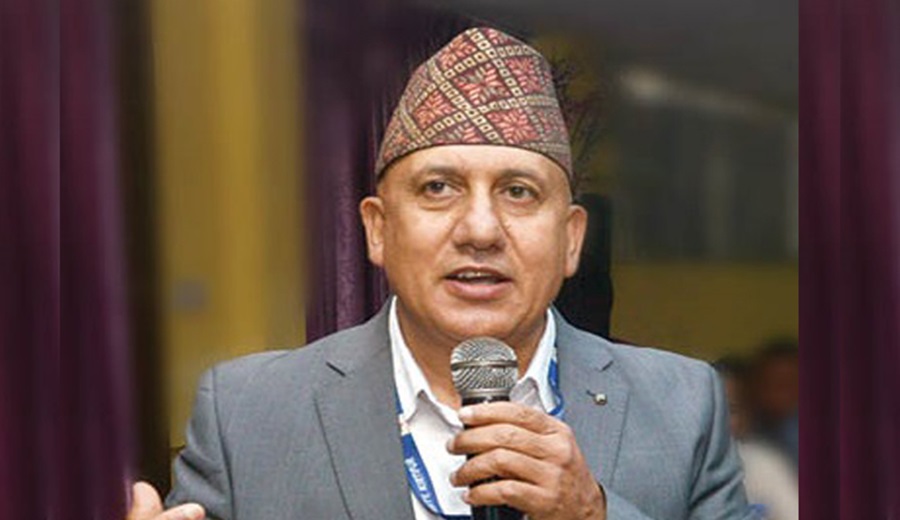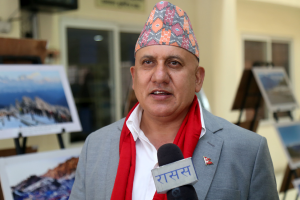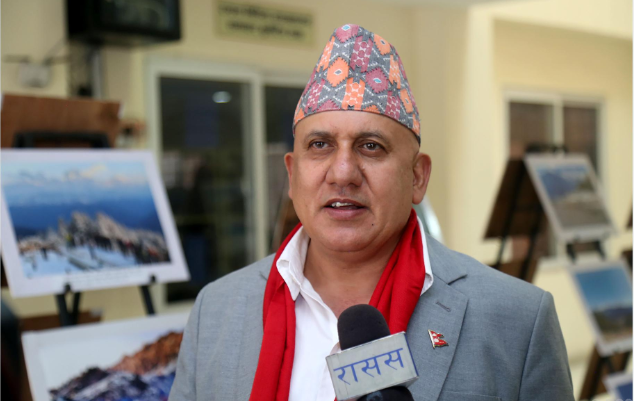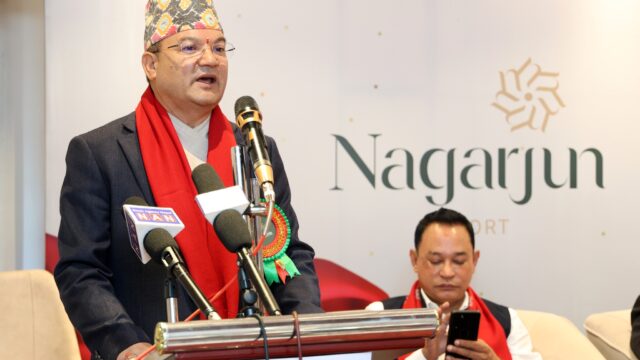Vice-Chair of the National Planning Commission, Prof. Dr. Shivaraj Adhikari, emphasized that identifying and promoting Nepal’s diverse and lesser-known tourist destinations can play a crucial role in extending the duration of tourists’ stays in the country. His remarks came during a photo exhibition organized by the National News Agency (RSS) on the occasion of the 18th Republic Day.
Speaking after observing the exhibition titled “Mountain Tourism: Our Pride, Our Identity”, Prof. Dr. Adhikari remarked that while Nepal is endowed with stunning natural landscapes and rich cultural heritage, the lack of proper promotion and publicity has left many potential tourist sites underutilized. “Tourism holds great potential to become the backbone of Nepal’s economy. However, to achieve this, we must focus on increasing the length of stay of foreign visitors and encourage them to spend more during their visit,” he stated.
Nepal’s Untapped Tourist Destinations

He also stressed that Nepal’s tourism potential does not lie solely in mountaineering and eco-tourism. Traditional lifestyles, indigenous cuisine, cultural practices, and religious heritage can also serve as major attractions for both domestic and international tourists. According to Adhikari, these elements, when effectively marketed, can draw a broader demographic of tourists and diversify the tourism economy.
The Vice-Chair further noted that the government has already prioritized tourism at the policy-making level. “Various plans and programs are currently being implemented to ensure that Nepal reaps the full benefits of its tourism potential,” he said, adding that initiatives are being taken to integrate these lesser-known destinations into mainstream travel circuits.
Dr. Adhikari praised RSS for its initiative in showcasing hidden and under-promoted destinations through photography. “Including lesser-known tourist spots in such exhibitions contributes greatly to informing both domestic and international tourists about Nepal’s vast and varied offerings,” he added.

At the same event, RSS Executive Chairman Dharmendra Jha stated that the exhibition aims to highlight the natural beauty, the richness of Himalayan life, and the value of eco-tourism across Nepal. “This exhibition is more than a visual display, it’s a narrative of Nepal’s unique identity, especially focused on the mountainous regions and the people living there,” Jha said.
He expressed confidence that the exhibition would help visitors understand the tourism potential of scattered destinations across the country, along with the level of infrastructure development and the everyday life of local people in those regions.
The exhibition, which began on Jestha 11 (May 25), features 96 photographs showcasing the breathtaking Himalayan ranges, vibrant local cultures, and prominent as well as remote tourist destinations stretching from eastern to western Nepal. Each image tells a story of untapped beauty and cultural richness that remains mostly hidden from the eyes of the mainstream tourist population.
The photo exhibition, by offering a rare glimpse into the unexplored aspects of Nepal, is expected to inspire stakeholders, including policymakers, tourism entrepreneurs, and content creators, to focus on expanding tourism beyond the conventional destinations such as Kathmandu, Pokhara, and Chitwan. It further underscores the importance of inclusive tourism planning that brings rural and marginalized areas into the spotlight.
As Nepal continues its recovery in the post-COVID era, such events play a pivotal role in reshaping the narrative of tourism, one that goes beyond the Everest Base Camp or Annapurna trails and explores the depth of culture, community, and connection that the country uniquely offers.






